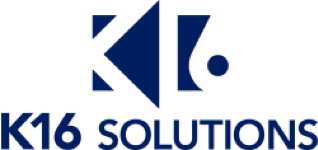Solution
SMUMN administrators had doubts that K16 could migrate its courses to Canvas in a ready-to-teach manner and with little or no clean-up needed. Usually, this type of work involves a lot of IT support from the client, despite what the vendor promises, one administrator said.
SMUMN has a mix of undergraduate residential programs and large graduate programs. Some courses are taught online synchronously and asynchronously. The university did not want to migrate everything at once, saying it would have frustrated faculty and ultimately affected students. Instead, K16 accommodated SMUMN’s desire to have content moved by program once SMUMN had each program ready to migrate. “We were able to work at our own pace,” said Abe Hedtke, Director of Instructional Technology at SMUMN. The university didn’t have course templates across the board, so K16 created a course template for each class, making navigation more consistent for students and faculty.
K16’s promises on archiving were even harder to believe, as SMUMN faced a tight deadline to move the many files. The university’s policy is to archive three years’ worth of every course taught. SMUMN had initially planned to archive student data on their legacy LMS, but once presented with a better archiving solution by K16 Solutions, they realized they needed to quickly move 21,000 old courses over the weekend before the legacy LMS contract expired.
SMUMN discovered content migrated by K16 was ready to teach in Canvas, and archives landed in a specific folder for easy management by the university’s staff. K16’s involvement saved the small university countless hours of staff time. “If we had to do everything, we wouldn’t be done yet,” said Hedtke, adding SMUMN probably would have run out of storage space.
It wasn’t long before SMUMN’s doubts disappeared. Administrators liked K16’s quick response time, accuracy, and strong communication skills. “K16 is one of the better third parties I’ve ever worked with as a vendor,” said Hedtke, adding, “they were phenome-nal to work with.” Tianna Johnson, Assistant Vice President for Information Technology at SMUMN, commented, “It’s been a really good partnership.”

